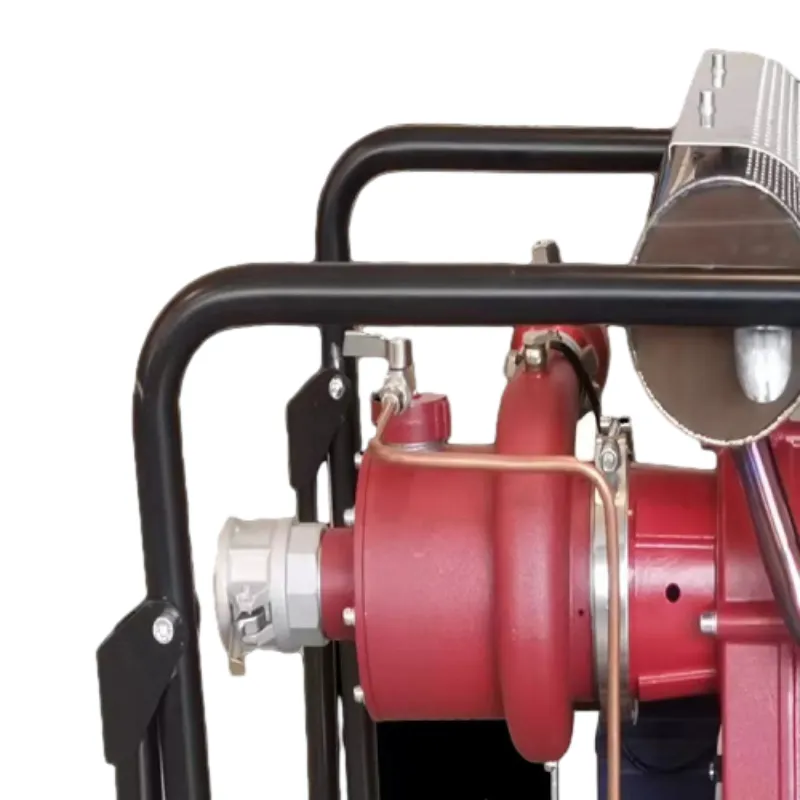

Real-world applications of foot valves demonstrate their critical role. For instance, in an industrial setting where fire pumps are installed in underground water reservoirs, foot valves prevent the entire column of water from draining back when the pump is turned off. This ensures that on resumption, the pump doesn't need to work on lifting water from scratch, enabling it to immediately deliver water to the fire sprinkler system, thus, providing a swift response essential to mitigating fire risks. In terms of maintenance, foot valves require regular checks to ensure functionality. Debris build-up, a common issue, can impair the valve's operation. Thus, periodic inspection and cleaning are advised. Users and maintenance personnel should be adept in spotting potential issues early, like leaks or unusual sounds, both indicating possible foot valve malfunctions. Consistent maintenance upholds the system's integrity, ultimately bolstering trust in fire safety strategies. From an authoritative standpoint, regulatory compliance also underscores the importance of foot valves. Standards set by entities like the National Fire Protection Association (NFPA) dictate specific guidelines for fire pump installations, including aspects related to valves. Compliance with these standards not only ensures safety but also reflects a commitment to upholding best practices. Organizations adhering to these guidelines position themselves as trustworthy leaders in safety management. In summary, foot valves for fire pumps are the unsung heroes of fire prevention systems, quietly ensuring readiness and reliability when it matters most. Expert knowledge in the selection, installation, and maintenance of these components is vital in optimizing fire pump performance. As such, stakeholders in the fire safety industry should prioritize educating themselves on the latest developments and best practices related to foot valves. Through informed choices and adherence to industry standards, these components can continue to save lives and protect property, affirming their essential role in fire safety management.




























